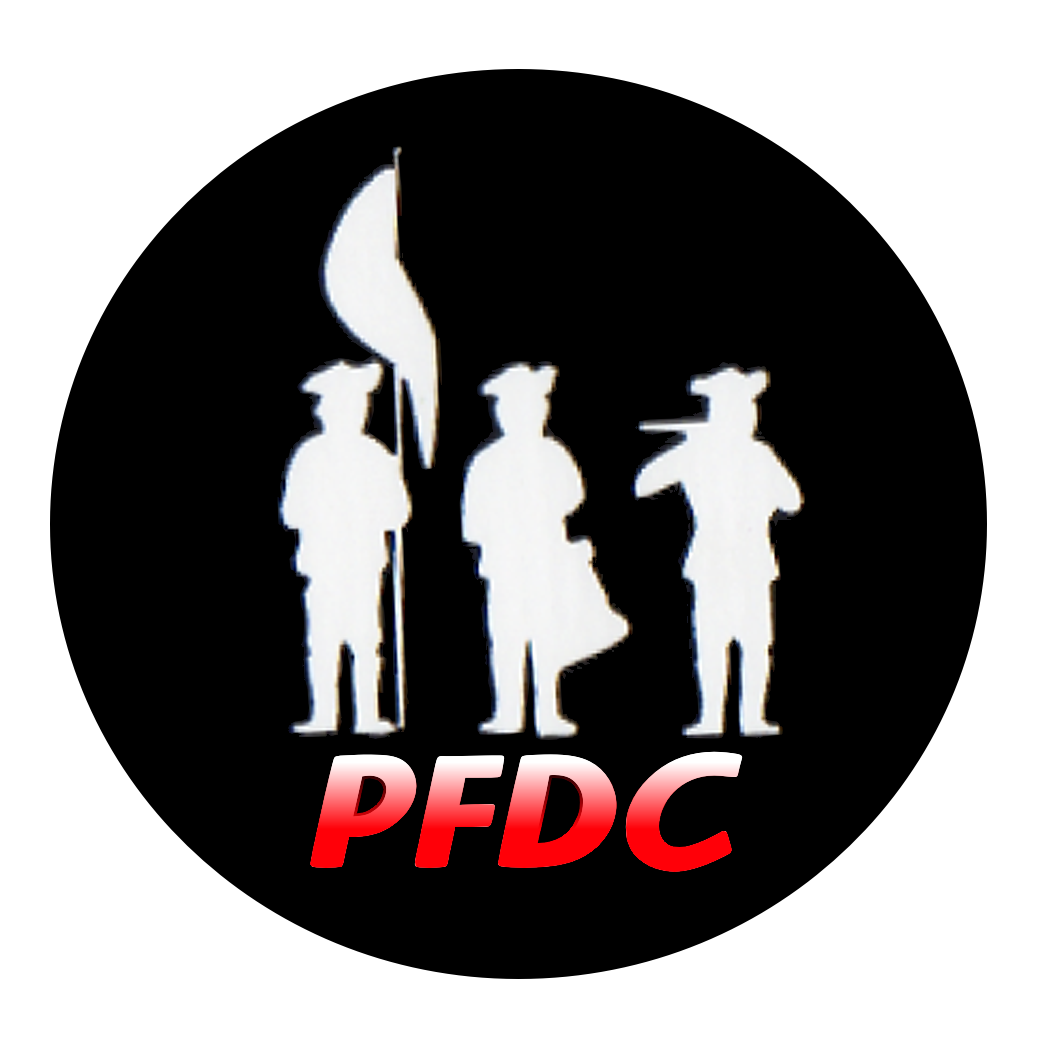history of the corps: 1980s
In 1980, decreasing numbers required the Corps to combine into one again. At this time, the Corps members all wore the standard LifeGuard uniform. The Corps also used this year to reestablish themselves in terms of recruitment, fundraising and performances.
In 1981, the Corps purchased new uniforms, new tricorn hats, new drums, a new banner, a new mace and a new hangar. The new uniforms modeled the late 18th century military fife and drum corps uniforms, consisting of buff knee britches, black tricorn hats and black shoes with white knee socks.
In 1982, the maximum age requirement changed to 18 years old or until graduation from high school.
In 1983, the Corps performed both the Star Spangled Banner and the Canadian National Anthem at the Toronto Blue Jays game in Toronto. During the middle 1980′s, the Corps again escalated in popularity, booking more performances, while going out east on tour every year.
In 1987, Ed Stutzman was named Director. The Corps switched from polyester to new wool regimental uniforms replica of George Washington’s personal lifeguard or foot soldiers. These uniforms had no zippers and had buttons made of real pewter. The uniforms consisted of white wool knee britches, white cotton shirt, leather neck stock, blue wool continental coat with red trim and a black bicorn hat. These uniforms were replica of the era 1776-1783 and weighed 10 pounds. The Corps performed in the parade celebrating the 200th Anniversary of the signing of the U.S. Constitution in Philadelphia.
In 1988, the Corps traveled to the Deep River Muster in Connecticut.
In 1989, the instructional staff created a “mini corps” to perform during the off season as well as at performances not needing the entire Corps.
